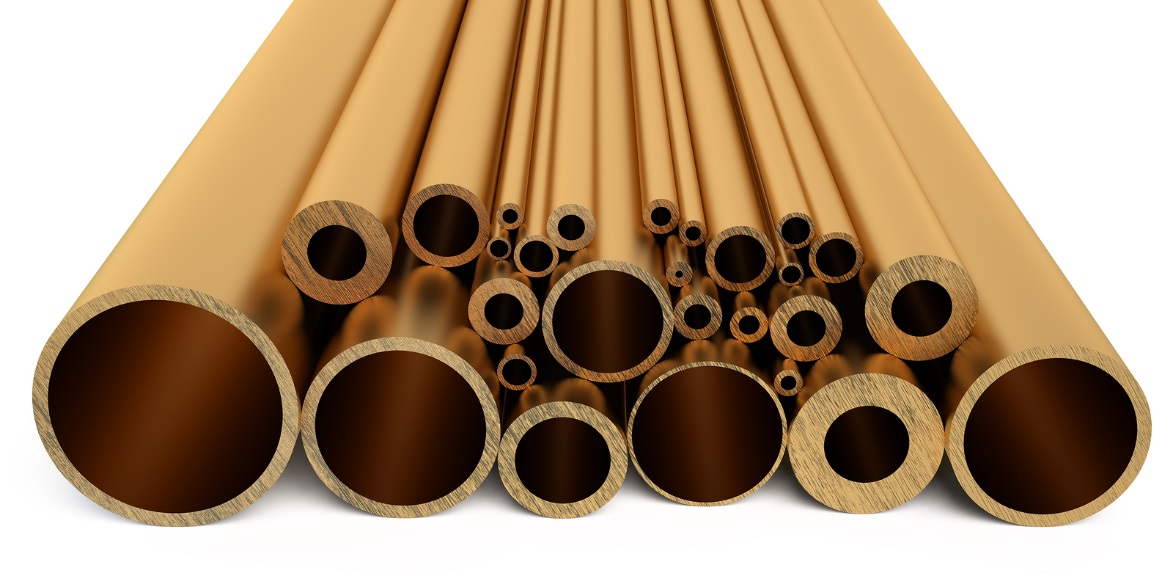Engraving–the art of incising a design on a hard, flat surface–is a historically important process that has withstood the test of time. While the techniques have been slightly modernized to accommodate new technologies, its artistic contribution to society, in general, remains prolific.
The Basics
Brass is just one of the many commonly used bases for engraving. The technique for engraving brass is not that much different from engraving other types of metal, such as steel or copper.
While brass is easily recognizable by its yellow-to-gold color, it can also exist in a variety of lacquered colors to suit your decorative purposes. In addition, an engraver must know which type of brass he needs for his current project.
Leaded brass, also known as engraver’s brass, is soft and easy to incise with the use of a machine, and is highly recommended for rotary engraving. The other variety, trophy brass, is much harder and can be used for diamond engraving.
Tools for Engraving
Whether using brass plates or brass tubing, an engraver will need all the right tools to get started. The most common tool for engravers nowadays is the pneumatic graver, which comes with many different tip shapes for designing purposes. However, some still prefer the traditional hammer and chisel for engraving. Meanwhile, some opt to use dremel (with carbide tungsten drill bit, if possible) and craft knives (for softer metals).
Engraving process
The materials for engraving should be of high quality, too. For an engraving to go without a hitch, choose a brass material that is fully polished, has optimum thickness, and is already cut down to your required size.
Poorly polished or unpolished brass can still be used for engraving, but it won’t be pretty. Furthermore, doing it by yourself is time consuming. Brass with excessively large dimensions can still be engraved, but it definitely won’t fit in a traditional engraving machine.
The end-customer needs to determine the desired thickness of the brass in accordance to its purpose. For instance, in the case of a brass plaque, the thickness is dependent on where it will be placed. If it is an indoor brass plaque, a plate that is 0.5 mm thick should be enough to get the job done. For outdoor use, a plate of at least 1.5 mm thick should be used to make room for some paint filling.
Whatever style of brass you need, choose a reputable metal supplier or distributor that can provide the right variety for your artistic pursuits.
Sources:
COLOR FILLING, engraversolutions.com
Engraving Dictionary, support.rolanddga.com


